
3PL stands for third-party logistics. It refers to a long-term commitment to outsourcing supply chain management and distribution services. The primary role of a 3PL company is to take over order fulfilment so that an organisation can better focus on other growth activities.
When your business is receiving more orders than it's possible to fulfil in-house, third-party logistics can mean the difference between disappointing customers and capitalising on that success.
You might be wondering: What is 3PL, who is it for, and when should I start looking for a 3PL partner? Keep reading to find out.
What is 3PL?
Third-party logistics (3PL) is the outsourcing of logistics tasks to an external order fulfilment service provider. These third-party fulfilment companies are commonly referred to as 3PL partners, 3PL providers, or just ‘3PLs’.
3PL providers allow merchants to step away from the physical side of running a business and focus on other key areas like product development and marketing. Ownership of 3PL inventory is decided between the 3PL provider and the organisation they are offering services to, and should be outlined in the business agreement.
Asia-Pacific is by far the largest regional market for 3PL, accounting for over one-third of the world’s 3PL market size. Meanwhile, the US and China generate the largest revenues in the 3PL market by country.
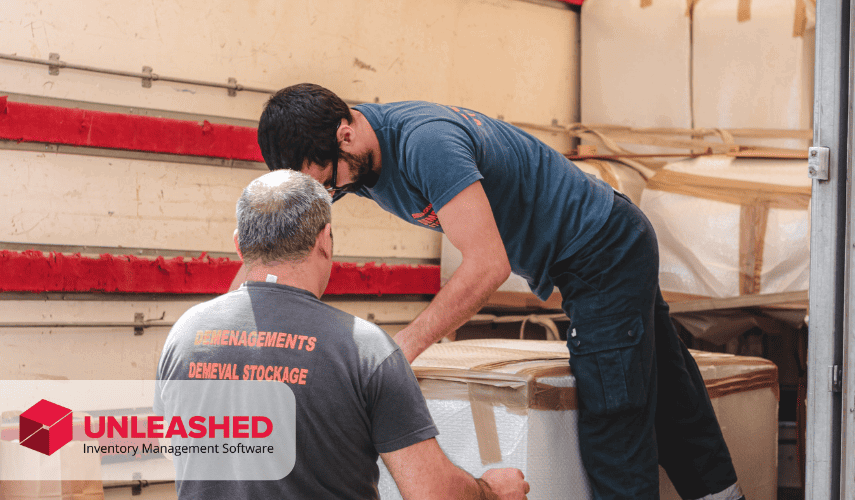 3PL providers can reduce the stress of managing high order volumes by taking care of numerous fulfilment tasks.
3PL providers can reduce the stress of managing high order volumes by taking care of numerous fulfilment tasks.
The role of a third-party logistics company
"3PLs have evolved from being a mere service provider to an enabler that makes sure that customers get their goods delivered."
The role of a third-party logistics company is to manage order fulfilment on behalf of product-selling businesses. This allows those businesses to redirect time and resources away from operations, and focus on other key areas such as marketing or product development.
Some of the services provided by 3PL companies include:
- Warehousing and storage
- Inventory management
- Supplier management
- Picking and packing
- Shipping and receiving
- Delivery tracking
- Assembly kitting and customisation
- Managing returns (reverse logistics)
- Freight forwarding
- Customer support
In some cases, a business may choose to outsource everything from supplier management to packing and shipping. Conversely, a 3PL provider can also be hired to complete a single task, such as managing customer returns.
3PL vs 4PL
Along with third-party logistics, there is another method of outsourcing logistics known as fourth-party logistics (4PL).
The difference between 3PL and 4PL is that 4PL providers manage your entire supply chain, while 3PL providers only deal with their allotted portion of the order fulfilment process. With a 3PL, the business owner is still in charge of the whole supply chain.
Three ways 4PL companies are different from 3PL:
- They’re in charge of organising the entire supply chain.
- They’re better suited to medium–large enterprises, while 3PLs are better suited to small–medium enterprises.
- They function as the single point of contact for everyone involved in the supply chain.
Where 3PL providers seek to reduce the number of tasks their partner companies must manage, 4PLs double down on this and take on an even larger role. 4PL providers will be the ones to find and communicate with a 3PL warehouse as a part of their holistic supply chain management service.
The main disadvantage of using a 4PL over a 3PL is that you have less direct vision and control over your supply chain.
Types of 3PL services
3PL companies can be divided into a handful of categories based on the type of help they provide. Bear in mind, many 3PL companies offer a range of 3PL services – although some are limited to a single service type.
Below, we've broken down the main types of third-party logistics and given a basic outline of the ways in which they help other businesses.
3PL transportation
Transportation 3PL aids in the physical movement (transportation) of products from one place to the next. This includes collecting goods from manufacturers and wholesalers and delivering goods from warehouses to customers.
3PL warehousing and distribution
3PL warehousing is where a service provider manages stock control on behalf of another organisation. It is often combined with 3PL distribution.
Companies that offer 3PL warehousing and distribution typically manage storage, stock control, refunds and returns management, and online order fulfilment.
3PL freight forwarding
3PL freight forwarders do not typically deal with the physical management of the products, but instead act as intermediaries overseeing the movement of goods from one destination to another.
3PL accounting
Finance-based 3PL services involve taking care of all cash-related processes on behalf of a product business. This includes key tasks such as freight payment, cost accounting, and auditing.
3PL manufacturing
3PL manufacturing involves outsourcing of manual production tasks, such as assembly kitting and BOM management. 3PL manufacturers operate factories designed to help businesses to turn raw materials into finished products.
3PL end-to-end fulfilment
3PL end-to-end fulfilment is the equivalent to ordering 'The Works' from a menu. Service providers offering this will typically manage the entire fulfilment process, from supply chain management through to shipping customer orders.
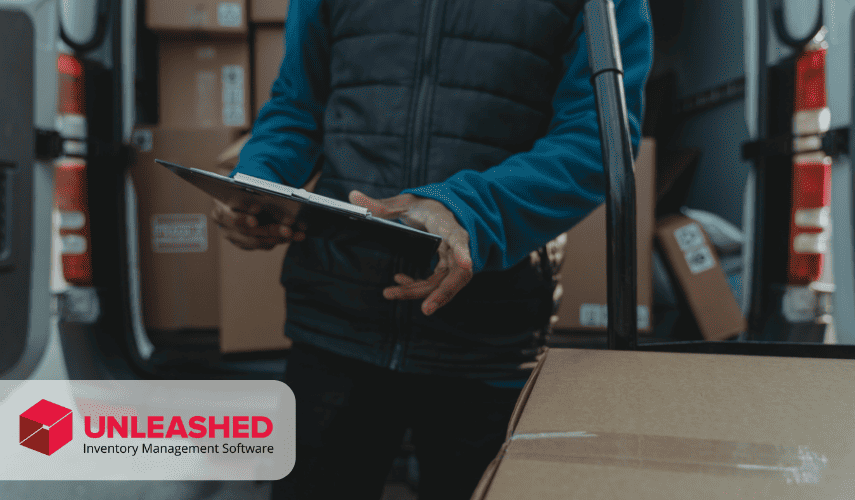 3PL is a rapidly growing division of the logistics industry, as increased warehousing costs and eCommerce popularity continue to rise.
3PL is a rapidly growing division of the logistics industry, as increased warehousing costs and eCommerce popularity continue to rise.
Benefits of 3PL fulfilment
Third-party logistics companies are a great way to fast-track your progress.
Business growth is often stunted by tedious mundane tasks like hiring and training staff, sourcing vendors and carriers, and dealing with customer returns. This leads some business owners to seek external assistance from a 3PL provider.
The advantages of 3PL fulfilment include:
- Everybody does what they’re best at. 3PL providers are experts when it comes to shipping and logistics. By leaving order fulfilment in their capable hands, you can focus on whatever it is that you do best.
- Simplified global expansion. A lot goes into launching your business in international markets. There are supply chain management, shipping documentation, and accounting duties to worry about. Working with a 3PL can remove many of the challenges of selling overseas.
- Cut storage costs. Warehousing costs are rising. 3PL warehouses, however, often have higher order values through their retail partners which justifies the price. By teaming up, you can reinvest whatever you were spending on rent back into the business.
- Accelerated growth. Growing a business can sometimes be a marathon. Time spent training staff on new equipment can be skipped when you invest in a 3PL provider. You can also relax when it’s time to scale, as you won’t be stuck with the lease for a warehouse that’s no longer big enough.
- Access to better systems and technologies. 3PL providers are often equipped with the latest and greatest when it comes to inventory tools and software. They’ll have access to many systems and products that small businesses can’t financially justify implementing. This means orders are fulfilled faster, ultimately resulting in happier customers.
With all that in mind, 3PLs are not for everyone. Consider the pros and the cons before you make any investments.
Downsides of using a 3PL partner
There are also a few downsides to investing in third-party logistics. For example, the fulfilment of orders containing products with low prices, thin margins, or lengthy fulfilment times may be unfeasible to outsource.
The disadvantages of working with a 3PL partner include:
- It can damage your profit margins. The main concern you should have when looking at 3PLs is whether they will help you become more profitable. Make sure you get an accurate quote of the ongoing and onboarding costs and work these into your COGS before agreeing to a partnership.
- It requires an upfront investment. You must be prepared to pay for the initial setup/onboarding cost of working with a 3PL before investing. Along with the regular charges that will appear on your monthly invoice, there are usually one-off costs that come with signing up.
- You lack full control and oversight. While you still have the final say over your supply chain, working with a 3PL means you aren’t overseeing fulfilment on a day-by-day basis. You won’t have complete vision of the warehousing processes, which leaves optimisation up to the provider.
- They can be too generic. As 3PL providers often have multiple clients, many don’t specialise in one specific industry. If your industry has special requirements – for example, if you’re a food retailer that requires cold storage – it can be difficult to find a 3PL with the right tools and facilities.
The most important of these points is the first: If working with a 3PL means your business is no longer profitable, it’s probably not a good idea.
If that’s the case, but you’re still eager to outsource fulfilment, focus on widening your profit margins through product development and inventory optimisation before seeking external help.
 Outsourcing fulfilment to a 3PL provider can shorten lead times and improve accuracy – but your profit margins will suffer for it.
Outsourcing fulfilment to a 3PL provider can shorten lead times and improve accuracy – but your profit margins will suffer for it.
How does 3PL work? The third-party logistics process
To paint a better picture of what a 3PL provider does, let’s take it step by step.
In the following example, we’ll use “the company” to refer to the business that has outsourced its logistics to a 3PL organisation.
Here is an example of the third-party logistics process in action:
- Products (or raw materials) are purchased from the manufacturer.
- The items are delivered to a 3PL warehouse.
- The 3PL provider receives the goods, inspects them for quality and correct quantity, and stores them within the warehouse.
- The 3PL provider updates the new stock levels in their inventory management system.
- In some cases, the 3PL will kit assemblies and update the assembled stock as necessary.
- The company lists the product for sale, usually online.
- The company markets the products to customers.
- A customer places an order with the company.
- The company passes on the details of this order to the 3PL provider.
- The 3PL provider picks, packs, and ships the products to the customer.
- If the quantity of a product reaches its reorder level, the 3PL provider will order more from the supplier.
- In some cases, the 3PL also manages the entire customer return and support process.
3PL software
It’s not uncommon to only store one or a few of your products at a 3PL warehouse while keeping the rest in your own warehouse. Some businesses use multiple 3PL providers and keep stock in multiple locations.
In both cases, cloud-based 3PL inventory management software plays a crucial role in ensuring consistent records of your stock-on-hand levels.
Inventory management software like Unleashed also functions as a centralised location for tracking parts and products throughout the entire supply chain.
You can manage suppliers, process sales orders, and amalgamate all your inventory data across your various (3PL) warehouses and sales channels. Unleashed also features business intelligence tools that track metrics and build reports so you can make data-driven business decisions.
3PL inventory management software will help you keep track of the exact quantities and locations of all your SKUs, so you never oversell or overstock.
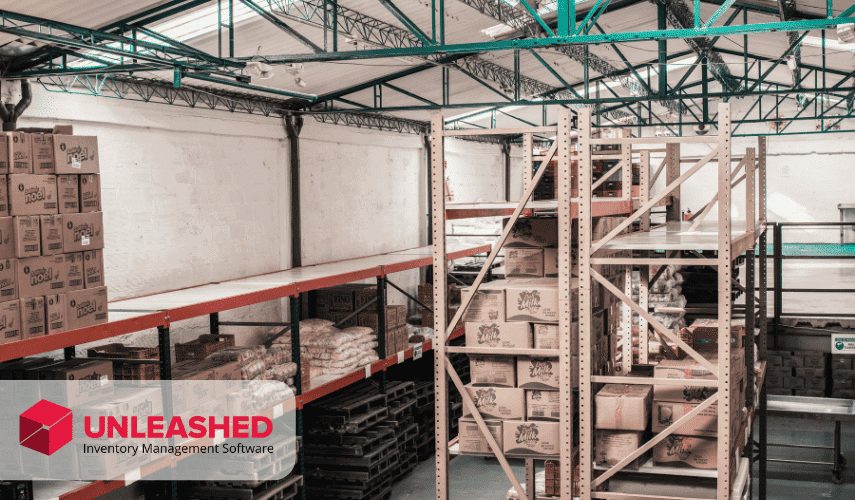 When sourcing 3PLs, look for a provider that uses inventory management software like Unleashed to guarantee accuracy and efficiency
When sourcing 3PLs, look for a provider that uses inventory management software like Unleashed to guarantee accuracy and efficiency
How to choose the right 3PL provider for your business
"[3PL companies] aid enterprises in providing a better customer experience, ensuring scalability, mitigating the risks of product damages, promoting business growth and market expansion, and enabling the completion of core business operations."
There are thousands of 3PL service providers out there, which means there’s probably one that’s perfect for you. However, you’ll need to know what to look for before you investigate your options.
Below are our top 6 features to look for when researching 3PLs.
Inventory management
Ideally, you want to work with a 3PL provider that understands the importance of inventory management software. It’ll mean you can trust them to keep accurate stock-on-hand levels and maintain optimised min/max reorder levels, preventing negative customer feedback and order cancellations.
Look for providers already using (or willing to use) the same inventory management software as you. This will make it much easier to keep track of your inventory levels if you’re using multiple storage locations.
Fast shipping
One major benefit of 3PL warehouses is that they often have a full team and all the latest logistics equipment. This allows them to fulfil customer orders much faster, providing a better service to your customers.
Enquire about shipping times when procuring 3PL providers. If they offer 2-day (or quicker) shipping, you’ll be able to massively reduce the number of “Where is my order?” emails in your inbox.
Reverse logistics
Reverse logistics refers to the management of customer returns and product disposal (in the case of special items such as batteries). As 3PLs are typically set up to receive and ship goods in the most efficient way, you can make the most of their capabilities by passing on the task of handling returns.
Assembly kitting
If you’re a manufacturer, you’ll want to look for a 3PL provider that offers product kitting as well as order fulfilment. This will reduce the number of touchpoints and time between your products and the customer. Some 3PL companies offer specialist services for complicated assemblies.
International fulfilment
Global expansion isn’t easy on your own. A 3PL provider that offers international fulfilment (and freight forwarding) can save you a tonne of hassle dealing with import taxes, international documentation, and the like.
Industry-specific services
If you’re selling a complicated or niche product that has special requirements for storage or fulfilment, you’ll need to find a 3PL with the right experience and equipment for your industry. This may mean sourcing a 3PL warehouse that offers cold storage, dry-ice packing, or fragile goods handling services depending on your needs.
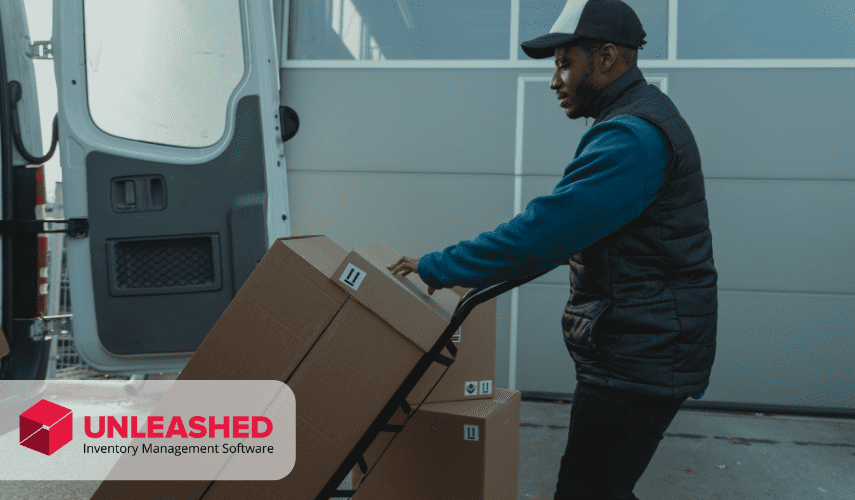 Specialist businesses will need to seek industry-specific 3PL providers equipped with the necessary tools to store and process your products.
Specialist businesses will need to seek industry-specific 3PL providers equipped with the necessary tools to store and process your products.
Where to find 3PL providers
As with any service provider, 3PLs must be procured and compared if you wish to find the most ideal fit for your business.
Now that you’ve got criteria to judge them by, let’s discuss how to find a 3PL partner.
These are the 5 leading 3PL companies worldwide:
- Kuehne & Nagel
- DHL Supply Chain & Global Forwarding
- DSV
- DB Schenker
- H. Robinson
But your choices for a good 3PL extend far beyond the 'Big 5'. Here's how to source the best 3PL providers.
Method 1: Google
Google (or your preferred search engine) is a great place to start when hunting for a 3PL.
You can filter your search by location to find a provider near you. Local 3PL companies offer the benefit of being able to easily visit and inspect their facilities at any time.
Or if you’re looking for an overseas 3PL partner, you can narrow your search to specific regions outside your home country as well.
If you seek a specialist 3PL provider, try adding your industry or special requirements to the search query. For example, if you’re a UK-based ice cream wholesaler you can try search queries like “frozen food 3PL UK” or “third-party logistics cold storage UK”.
- Bonus tip: The first ‘results’ on a search results page are often paid advertisements: similar to what you’re after, but not quite right. Scroll past the results that have “Ad” or “Sponsored” in the corner to find the pages that most closely match your query.
Method 2: Social validation
Another reliable method for sourcing 3PL providers is to simply ask around.
Speak with your suppliers, business peers… even your competitors. Ask for recommendations and feedback about any 3PL companies they’ve used or heard about.
Sometimes the best businesses don’t have the best marketing. This can make it difficult to find them online. However, if they’re truly good at what they do, it will be hard to prevent the word from spreading.
Don’t be afraid to consult with other people in your industry when procuring 3PL providers.
Method 3: Amazon FBA & the Shopify Fulfilment Network (SFN)
Some of the bigger online sales platforms, such as Amazon and Shopify, offer their own 3PL solutions.
These can be a great solution for ecommerce brands seeking to outsource fulfilment.
Fulfilled by Amazon, commonly called Amazon FBA, is Amazon’s dedicated fulfilment network for sellers using the platform. Shopify also offers a similar service for Shopify sellers known as the Shopify Fulfilment Network.
Just be aware: These options may not be available in your country or region. Check the details before signing up with either platform.
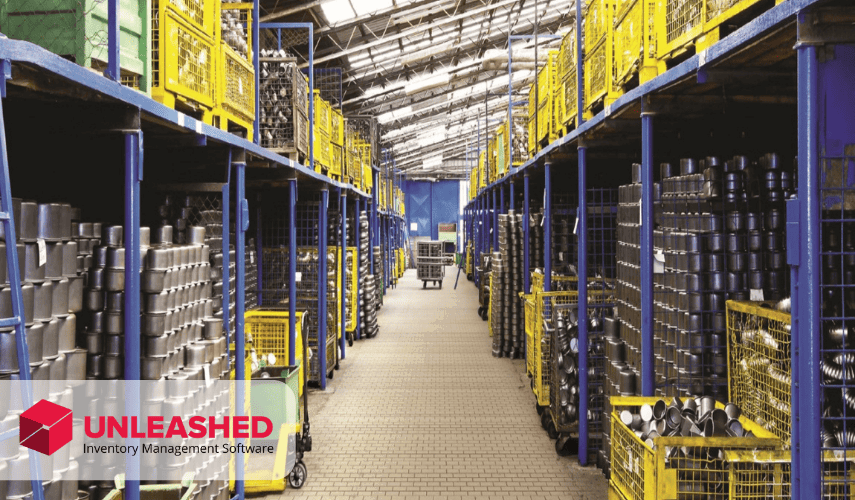 Word-of-mouth is a great avenue for sourcing 3PL providers, as it allows businesses to hear first-hand experiences with the company.
Word-of-mouth is a great avenue for sourcing 3PL providers, as it allows businesses to hear first-hand experiences with the company.
How to manage multiple 3PL
If your needs are too great for a single 3PL provider to manage – or you've got customers all over the globe – you'll need to invest in 3PL software with multiple warehouse management functionality.
Unleashed helps product businesses track and manage stock across multiple warehouses, sales channels, and geographical locations.
Try it for free today to see if Unleashed inventory management software is right for you.
What does 3PL mean?
3PL stands for third-party logistics, which is the process of outsourcing order fulfilment to an external service provider.
How does a 3PL work?
A third-party logistics (3PL) company works by managing and overseeing order fulfilment on behalf of another business. They allow businesses to focus on growth areas like product development and marketing by freeing up time normally spent on fulfilment.
What are the 4 types of 3PL?
The four types of 3PL include 3PL provider, 3PL service developer, 3PL customer adapter, and 3PL customer developer.
Why do companies use a 3PL?
Companies use 3PL service providers to outsource various logistics and fulfilment tasks. This helps them reduce storage costs, ship customer orders faster, and access better fulfilment systems and technologies. Some companies also use 3PL to transition into the global market.